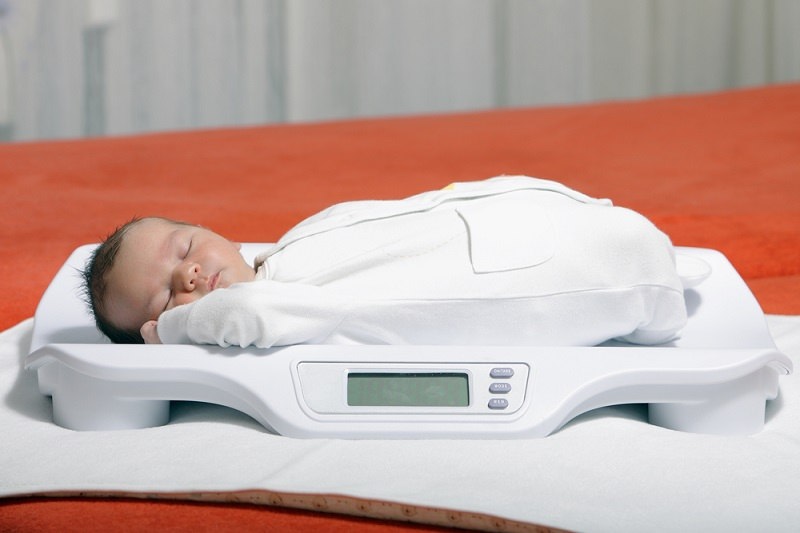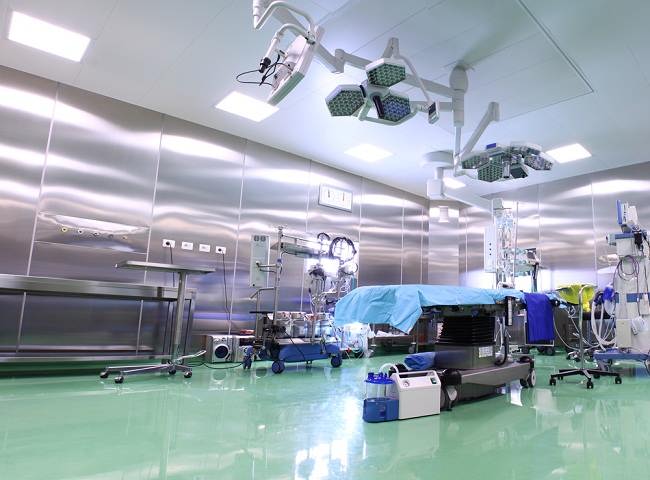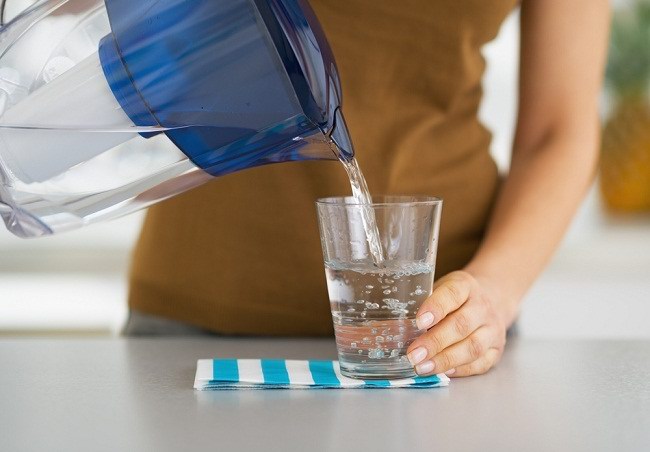Polycystic kidney disease (PKD) is a hereditary disease in which clusters of cysts appear in the kidneys. Cysts are benign or noncancerous lumps filled with fluid resembling water.
Polycystic kidney disease is a kidney disease that develops slowly over a long period of time. The appearance of many cysts in the kidneys can change the size and function of the kidneys.

In addition to causing impaired kidney function, polycystic kidney disease can cause complications such as the growth of cysts in other parts of the body, including the liver.
Symptoms of Polycystic Kidney Disease
Symptoms of polycystic kidney disease usually only appear when the cyst has grown large enough. Therefore, not all sufferers of this disease have symptoms since the beginning of the growth of the cyst.
Some of the symptoms that can appear in polycystic kidney disease are:
- Frequent urination
- Urine containing blood (hematuria)
- Lower back pain
- Enlarged belly size
- Stomach ache
- Formation of kidney stones
- Urinary tract infection
- High blood pressure
In addition to symptoms and signs related to the kidneys, other symptoms that can appear in people with polycystic kidney disease are:
- Headache
- Weak
- Easy bruising skin
- Skin turns pale
- Abnormalities in nails
- Pain in joints
Sometimes the symptoms of polycystic kidney disease have been seen since the baby was in the womb. Polycystic kidney disease in the fetus can be characterized by enlarged kidneys, little amniotic fluid, and the size of the fetus that is not in accordance with gestational age.
When to go to the doctor
Because its appearance is not always accompanied by symptoms, many sufferers do not know that they have polycystic kidney disease. This disease can be detected early when medical check-up.
If you or your child has any of the symptoms of PKD as mentioned above, such as abdominal pain accompanied by pain when urinating or bloody urine, consult a doctor immediately.
PKD can cause high blood pressure and decreased kidney function. Therefore, do regular consultations with a kidney and hypertension specialist if you experience these complaints, so that proper treatment is given.
Causes of Polycystic Kidney Disease
Generally, polycystic kidney disease occurs due to abnormalities or defects in genes that can be passed from parents to children. Based on the genetic defect, there are two types of polycystic kidney disease, namely:
Autosomal recessive polycystic kidney disease (ARPKD)
ARPKD is a type of polycystic kidney disease that has symptoms since childhood or even in the womb. If both parents have ARPKD, each child has a 25% risk of developing the condition.
Autosomal dominant polycystic kidney disease (ADPKD)
ADPKD is the most common type of polycystic kidney disease. Symptoms usually appear in adulthood, which is between the ages of 30-40 years. If one parent has ADPKD, each child has a 50% risk of developing ADPKD.
Apart from being hereditary, mutations or genetic changes can also cause polycystic kidney disease. This type is called acquired cystic kidney disease (ACKD). ACKD is rare and usually occurs in people with kidney failure.
Diagnosis of Polycystic Kidney Disease
Because polycystic kidney disease is a hereditary disease, the doctor will also trace the patient's family medical history. After that, the doctor will perform a physical examination, blood tests, and urine tests.
To confirm the diagnosis and determine the type of polycystic kidney disease experienced by the patient, the doctor will need to perform scanning tests, such as ultrasound, X-rays, or CT scans.
Polycystic Kidney Disease Treatment
The goals of treatment for polycystic kidney disease are to relieve symptoms and prevent complications. Maintaining kidney health by controlling blood pressure within normal limits is the main step in treating polycystic kidney disease. Some of the ways this can be done are:
Lifestyle changes
Changing a healthier lifestyle can help slow or prevent complications, such as kidney failure. Here are some healthy lifestyles that can be done:
- Maintain ideal body weight.
- Exercise regularly for 30 minutes per day, 5 days a week.
- Adequate and regular sleep for 7-8 hours.
- Deal with stress well.
- Quit smoking.
Keep the diet
Maintaining a good diet can help control blood pressure and keep your kidneys healthy. The recommended diet is to reduce salty foods and increase fiber consumption, such as fruits, vegetables, and whole grains. Patients with polycystic kidney disease also need to meet their fluid needs by drinking enough water, and limiting alcohol and caffeine consumption.
Taking blood pressure medication
High blood pressure medications, such as ACE inhibitor and ARBs, can be used if lifestyle and dietary changes are not successful in lowering blood pressure. With stable blood pressure, complications of kidney failure can be prevented.
Doctors can also provide other treatment if there are disorders that accompany polycystic kidney disease, such as antibiotics if a urinary tract infection appears or paracetamol to relieve pain.
Until now, there is no cure for polycystic kidney disease. The goal of treatment is to prevent complications.
Complications Polycystic Kidney Disease
Complications that can arise from polycystic kidney disease as the size and number of cysts increase are:
- Kidney failure.
- Spread of cysts to liver, pancreas, and testes
- Cyst rupture.
- Aneurysm of the brain.
- Complications during pregnancy.
- Diverticulitis
- Disorders of the heart.
- Cataract.
- Heart disease.
Kidney failure is the most common complication of polycystic kidney disease. If you have kidney failure, you may need to undergo kidney replacement therapy, such as dialysis or a kidney transplant.
Prevention of Polycystic Kidney Disease
It is difficult to prevent polycystic kidney disease because it is an inherited disease. Prevention efforts are aimed at preventing and reducing the risk of complications.









